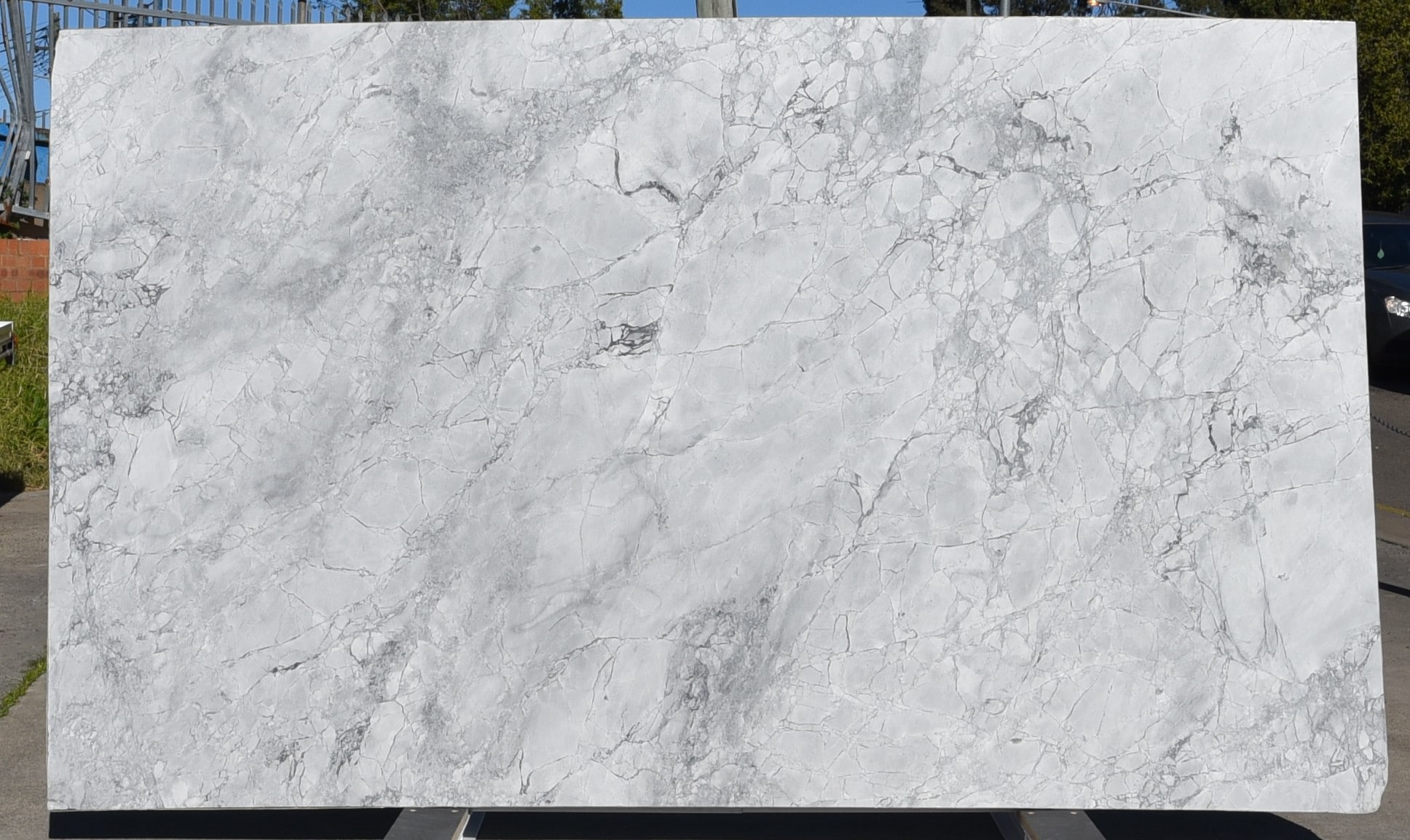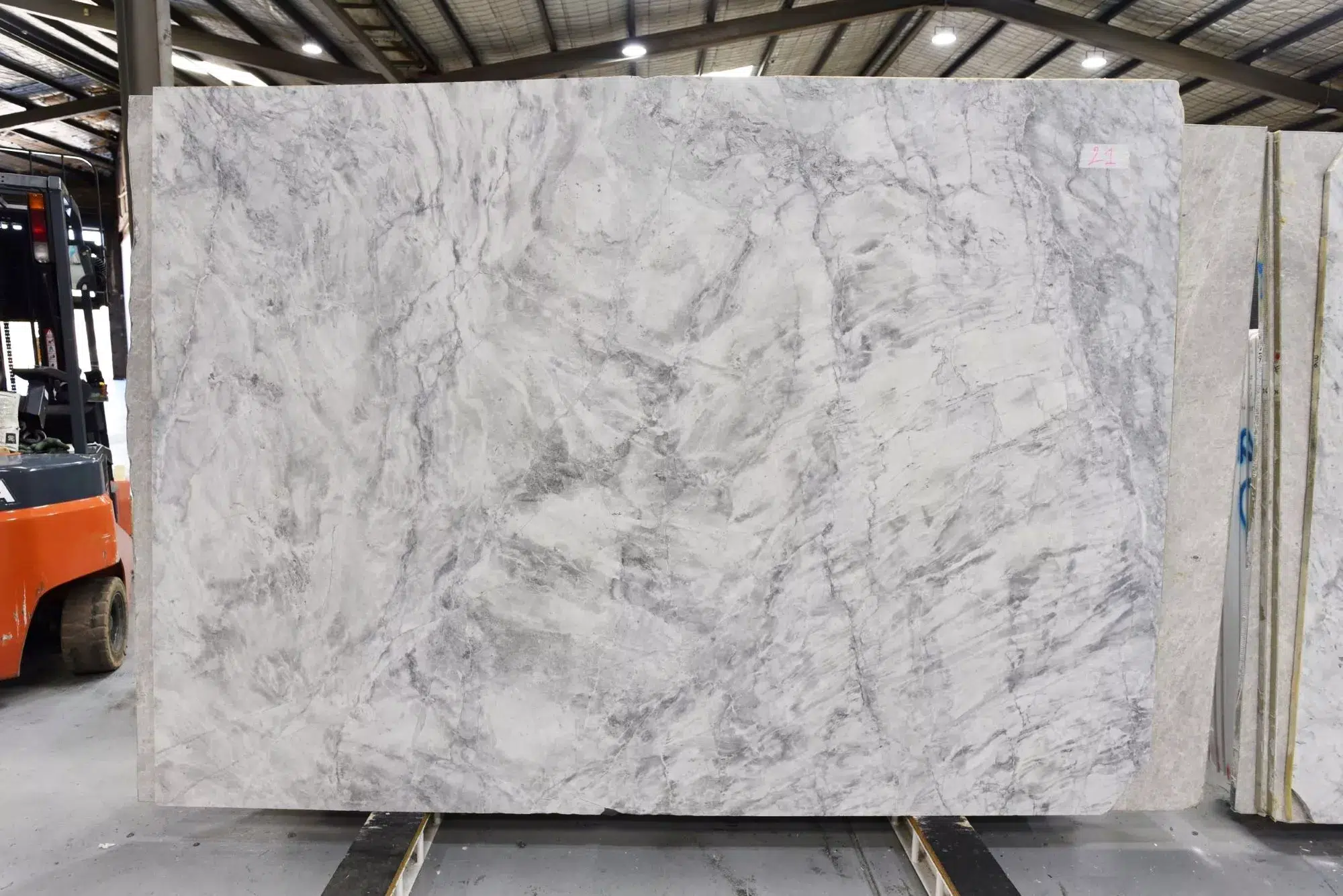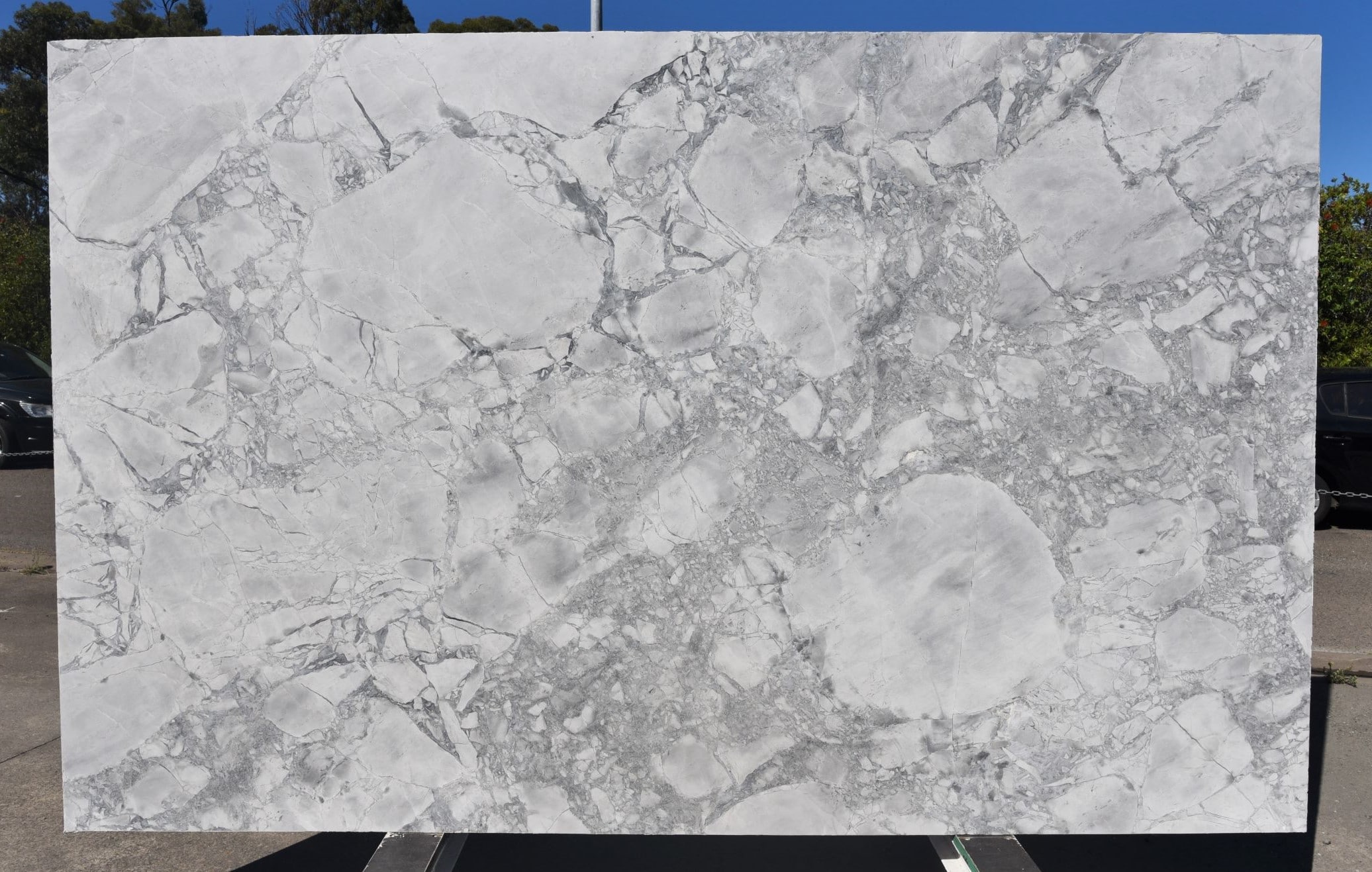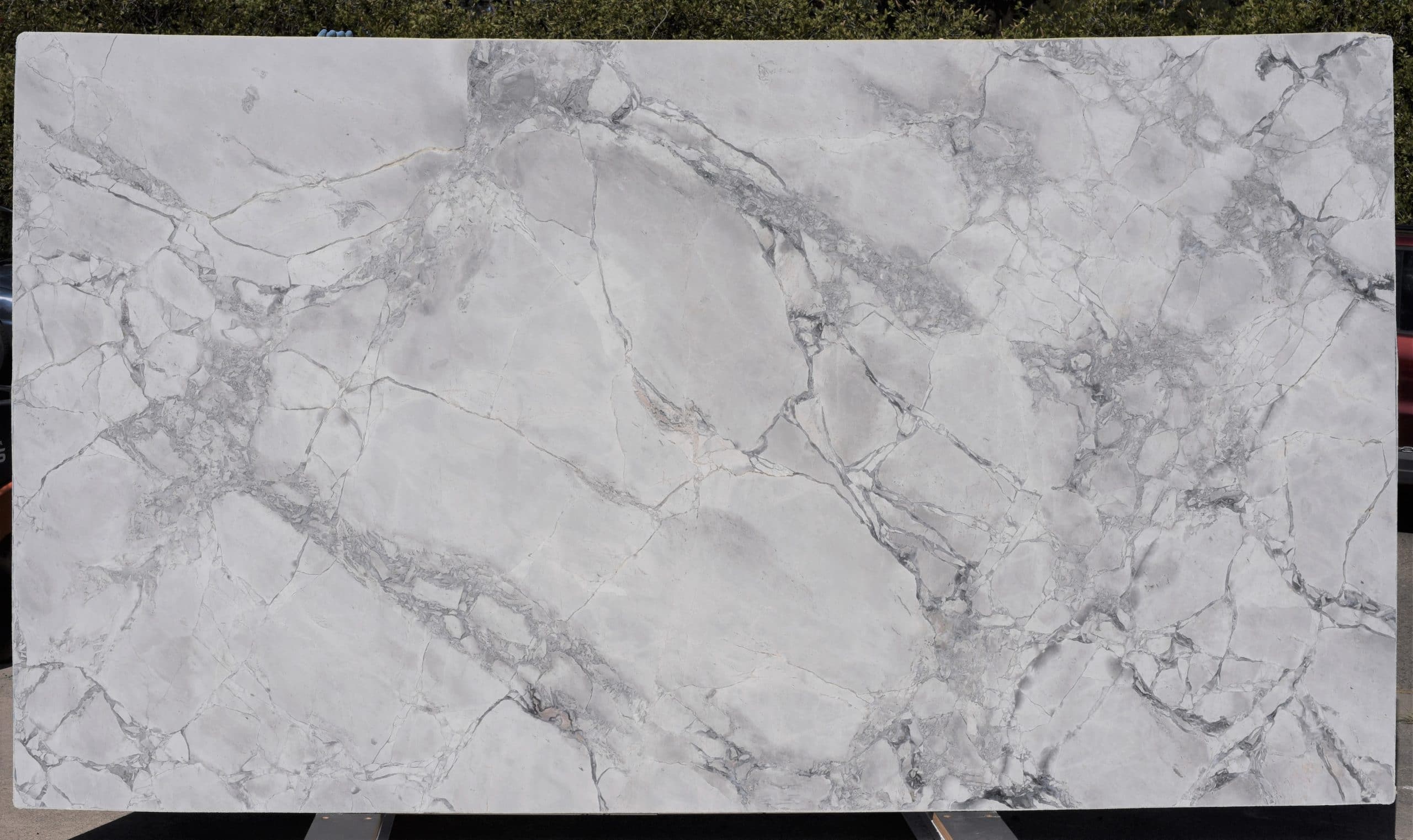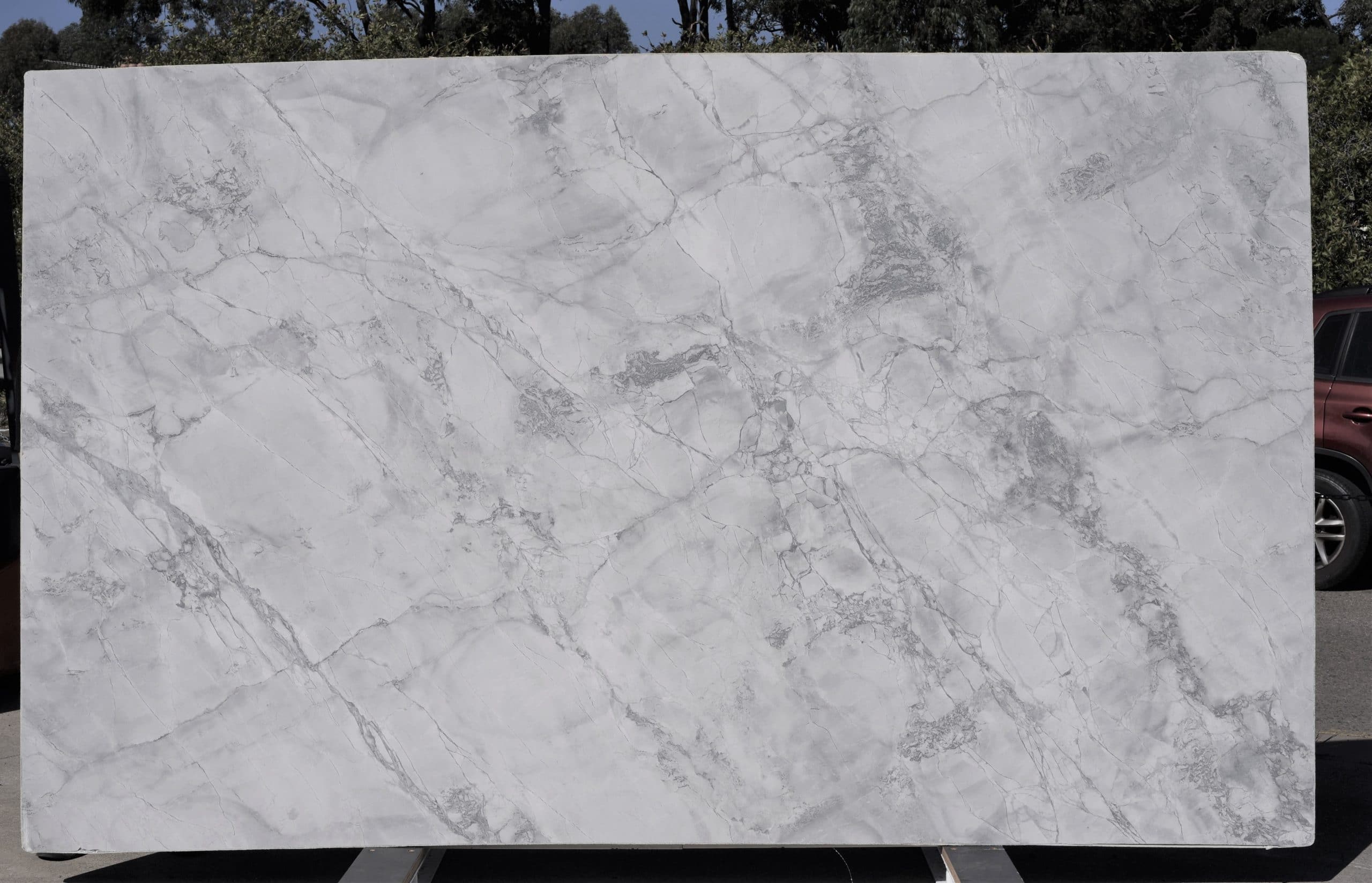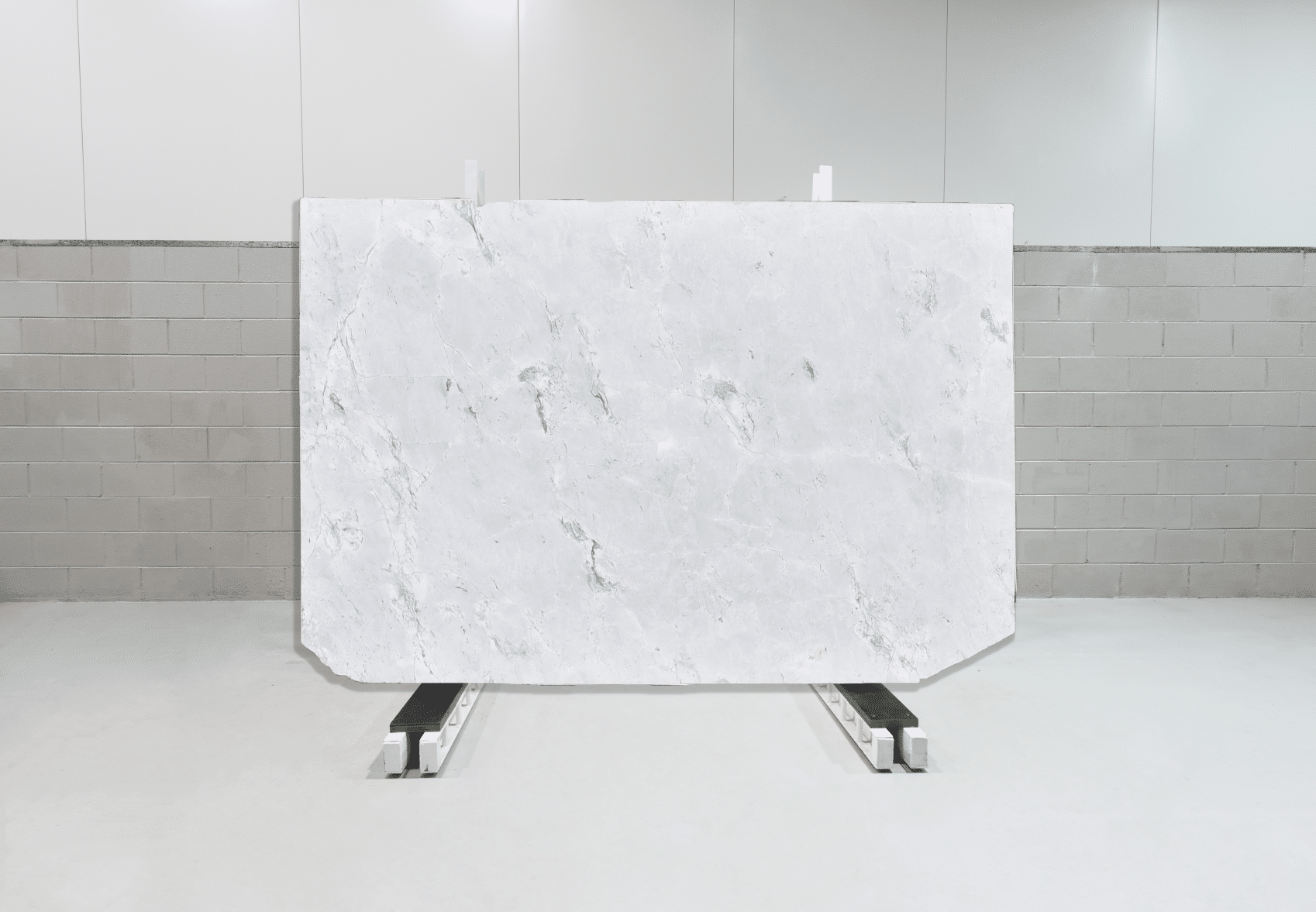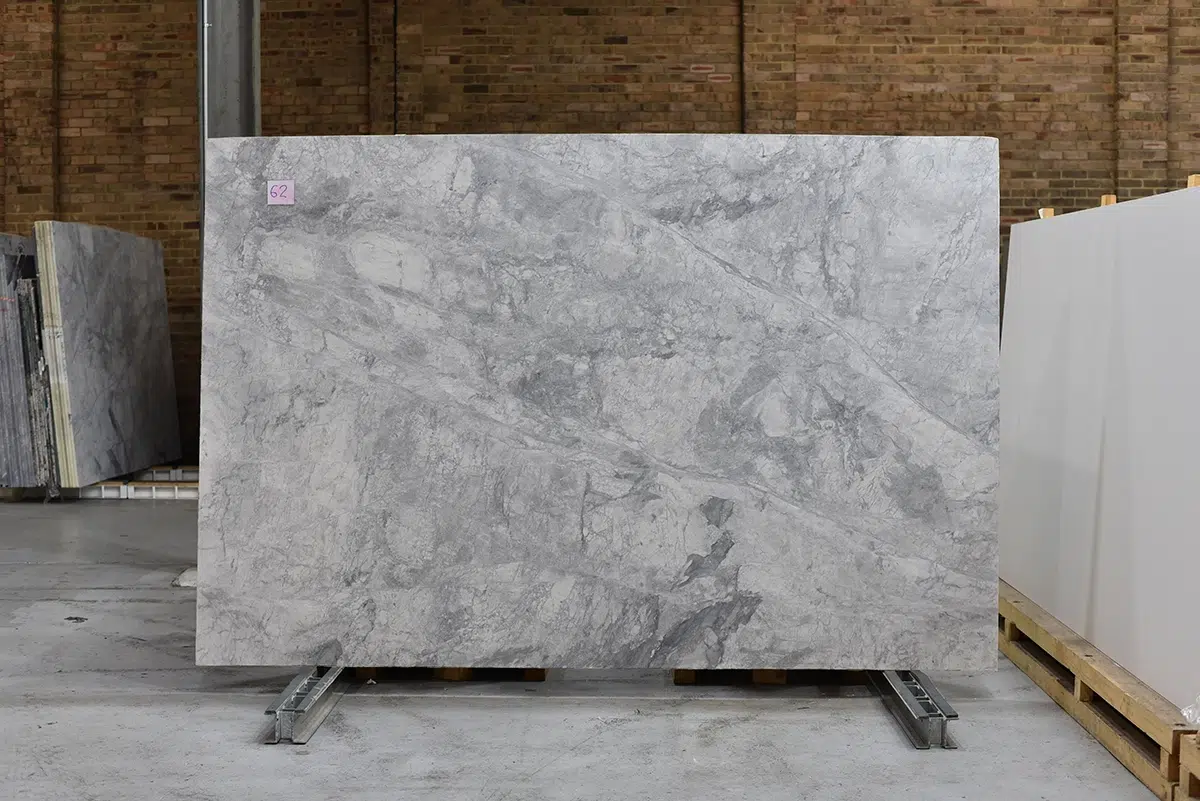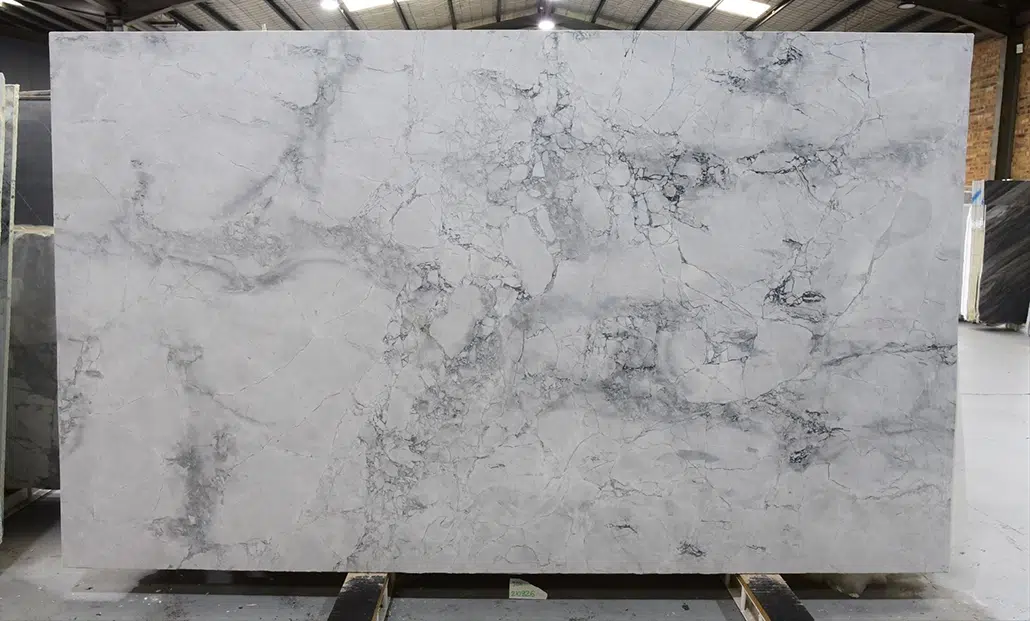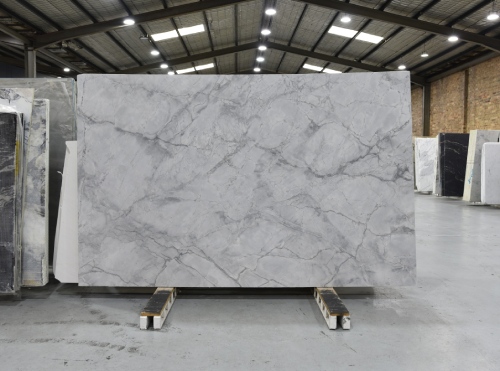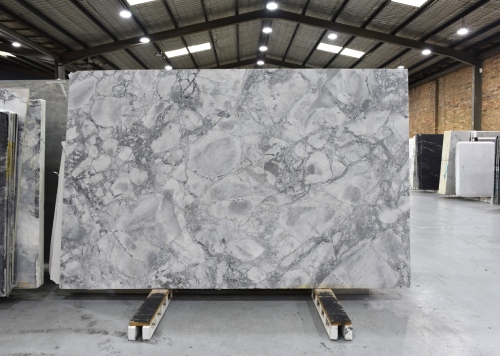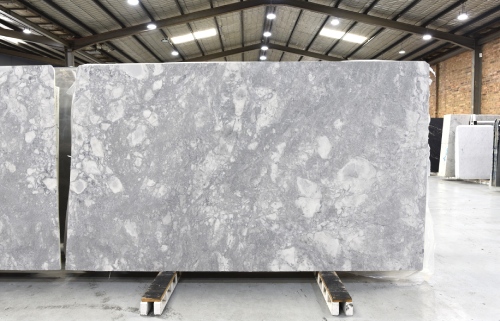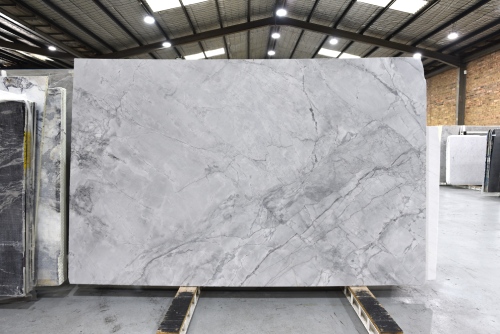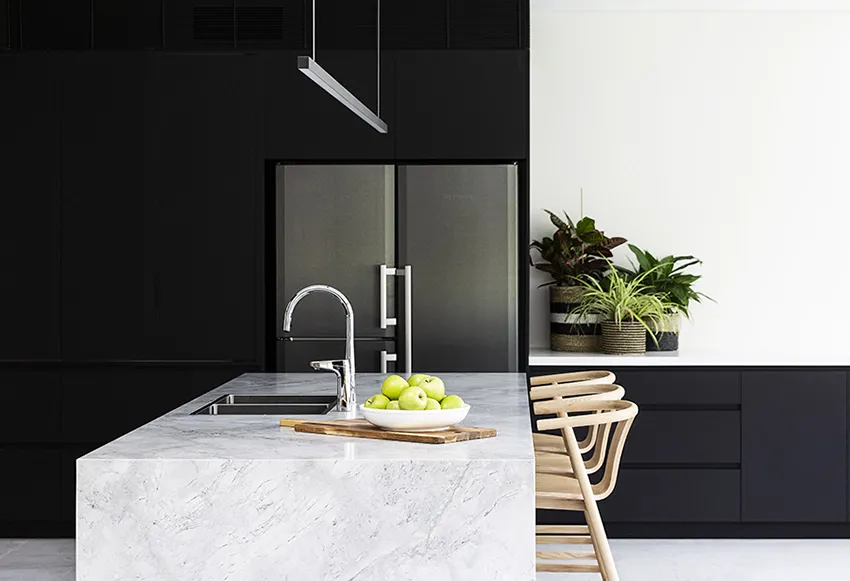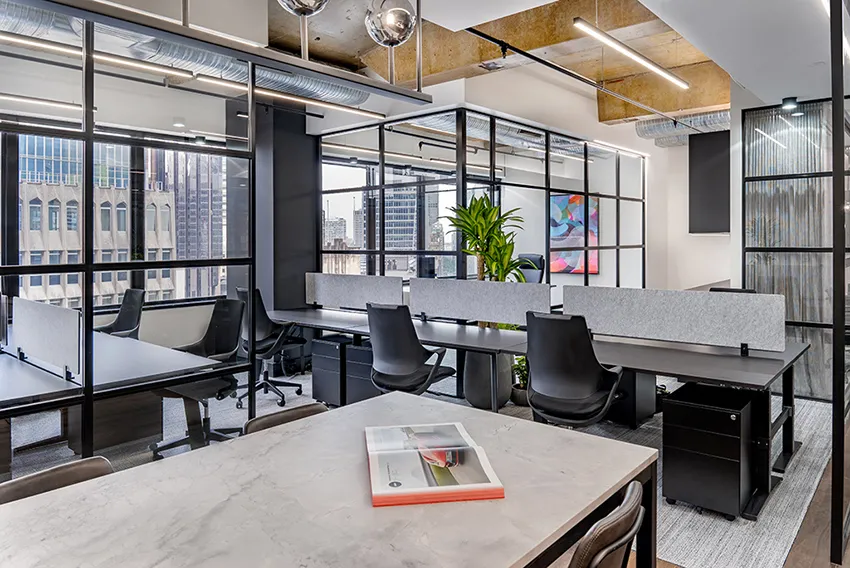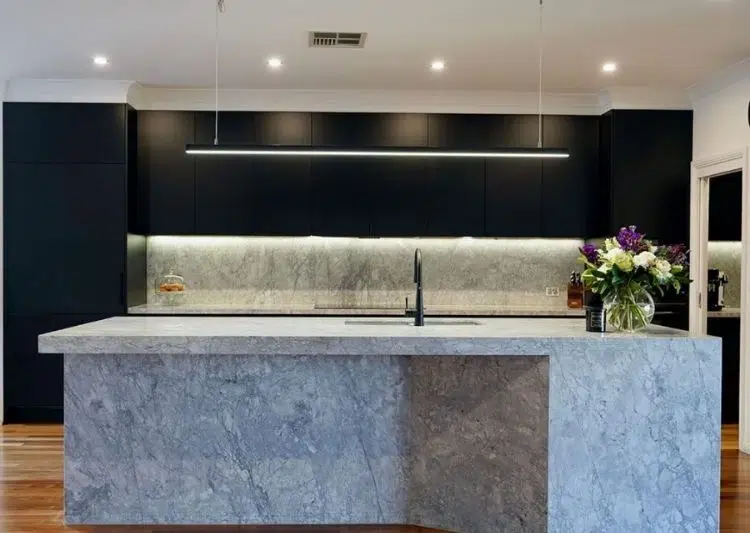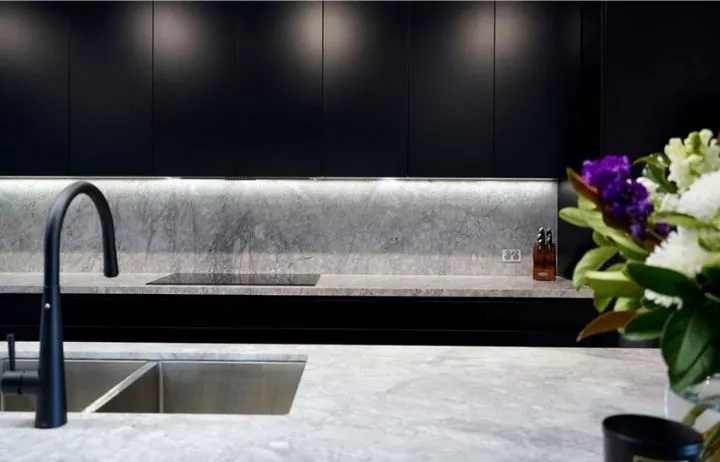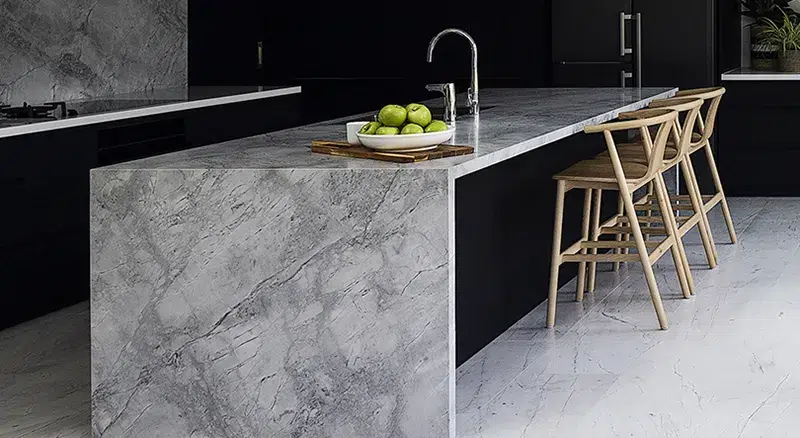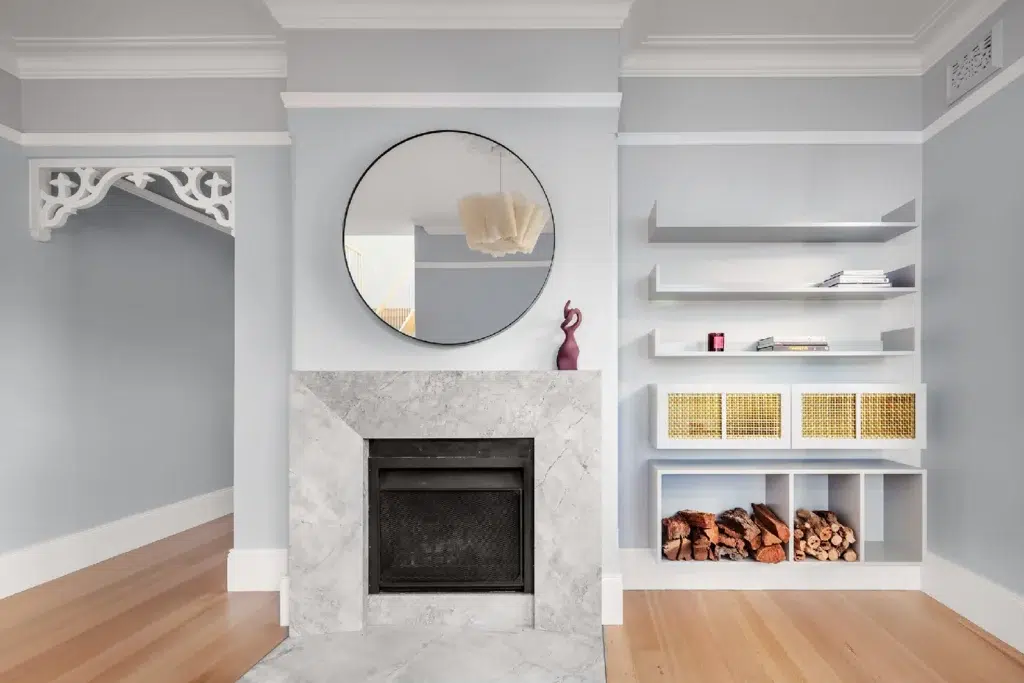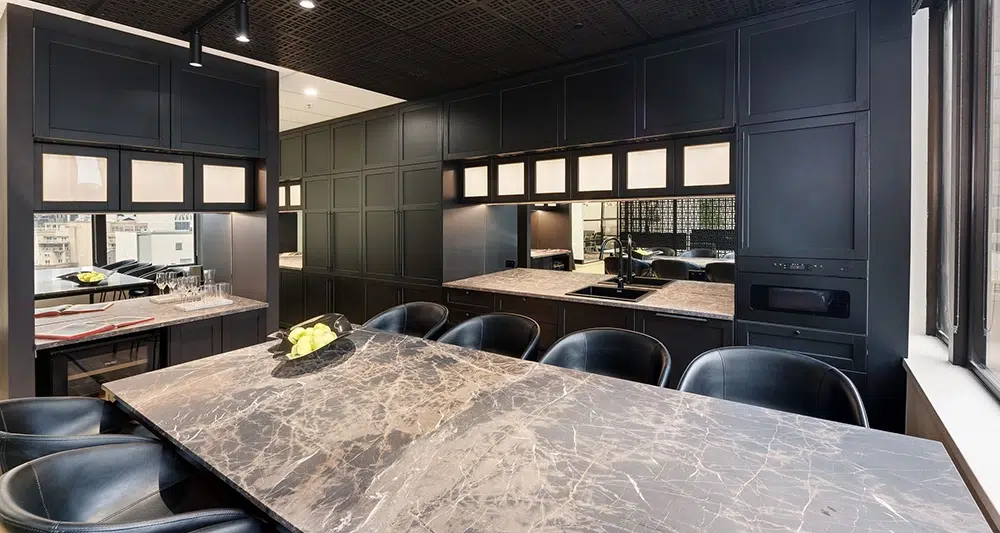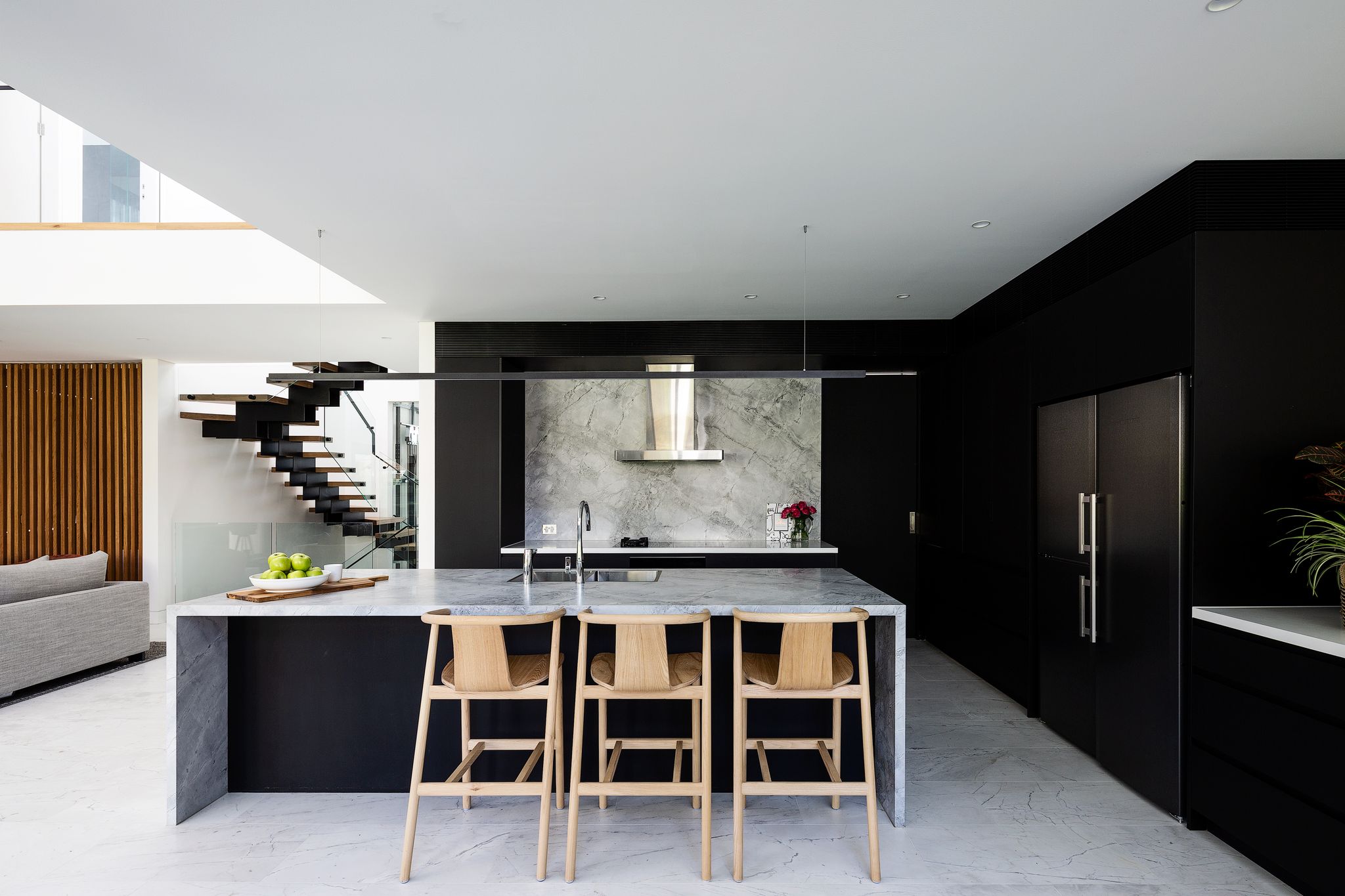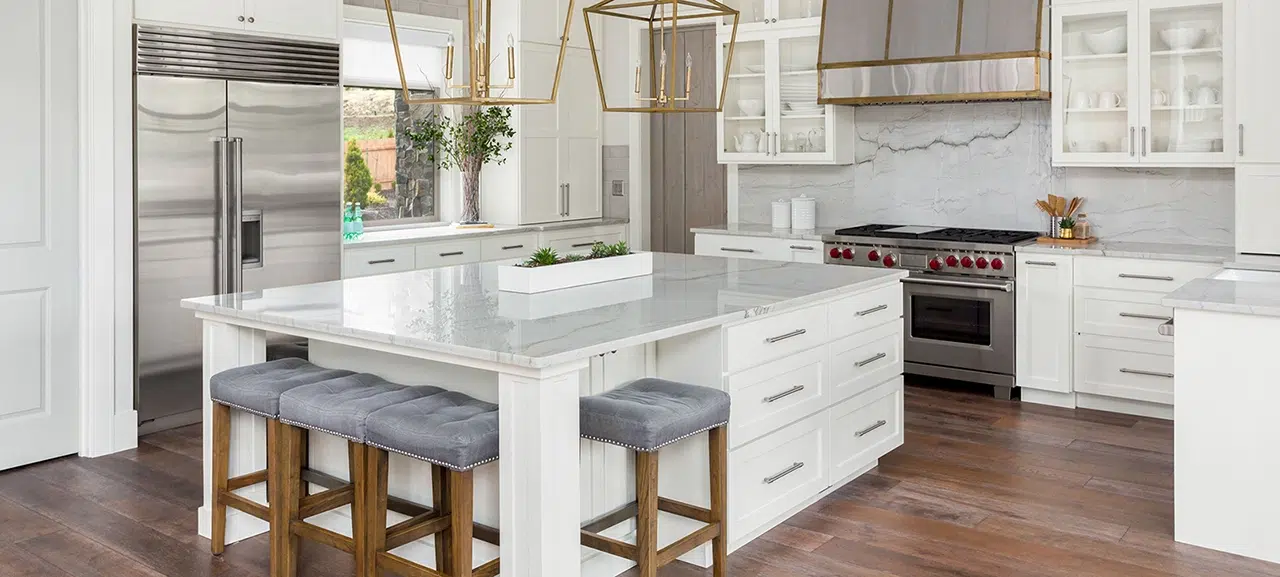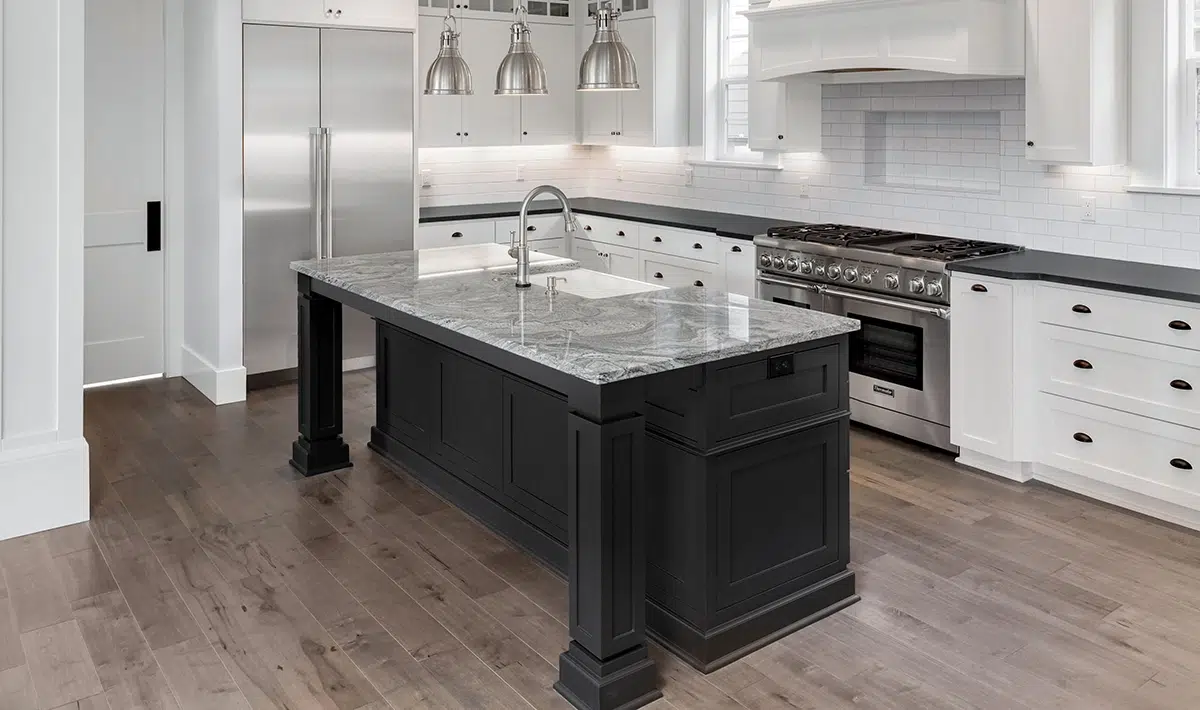Where does Super White Dolomite come from?
Hailing from the serene regions of Bahia, Brazil, Super White Dolomite is mined and meticulously processed. The final result is an array of finishes such as polished, honed, or leather, catering to the high standards of the Australian market and beyond.
Browse Our Slab range
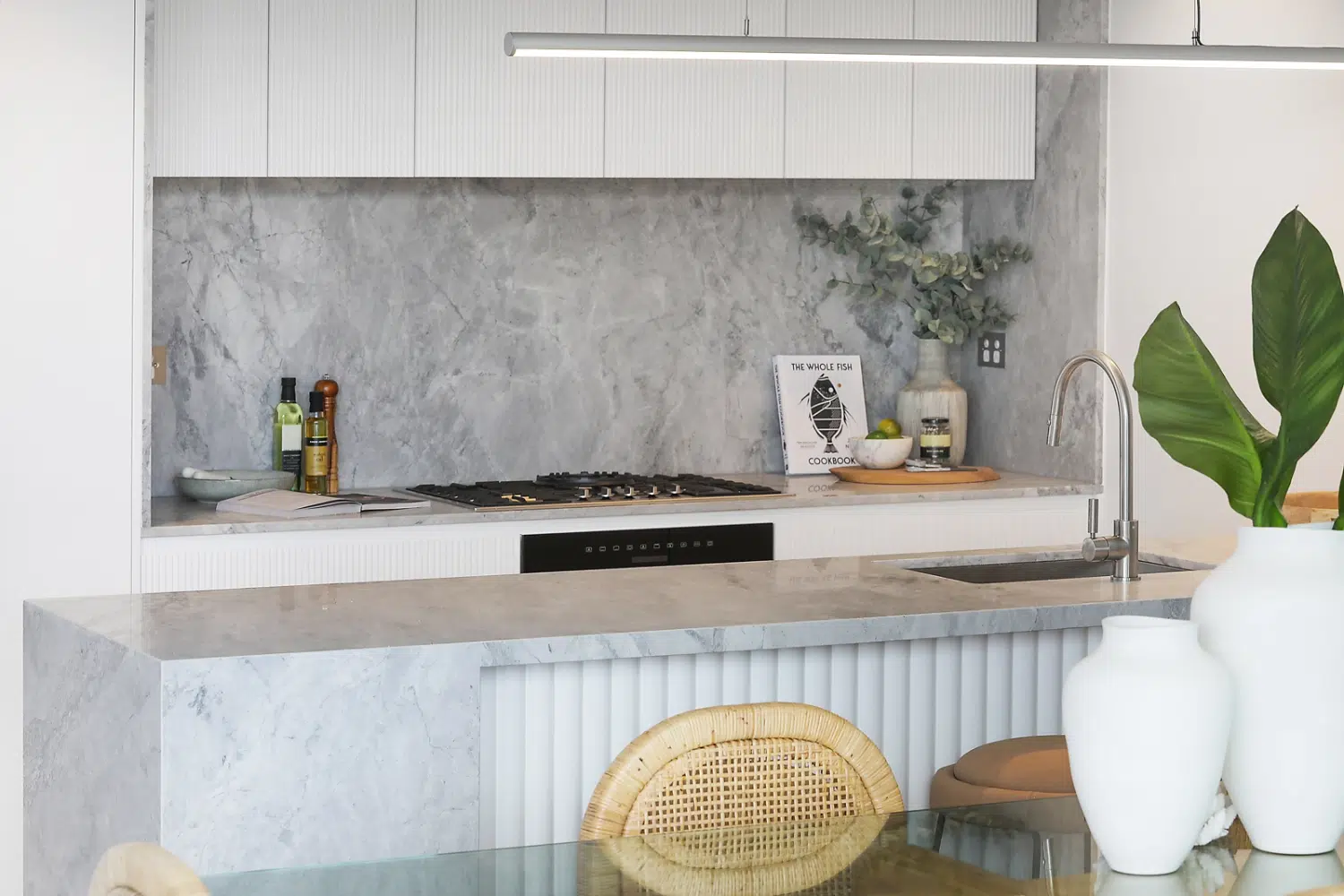
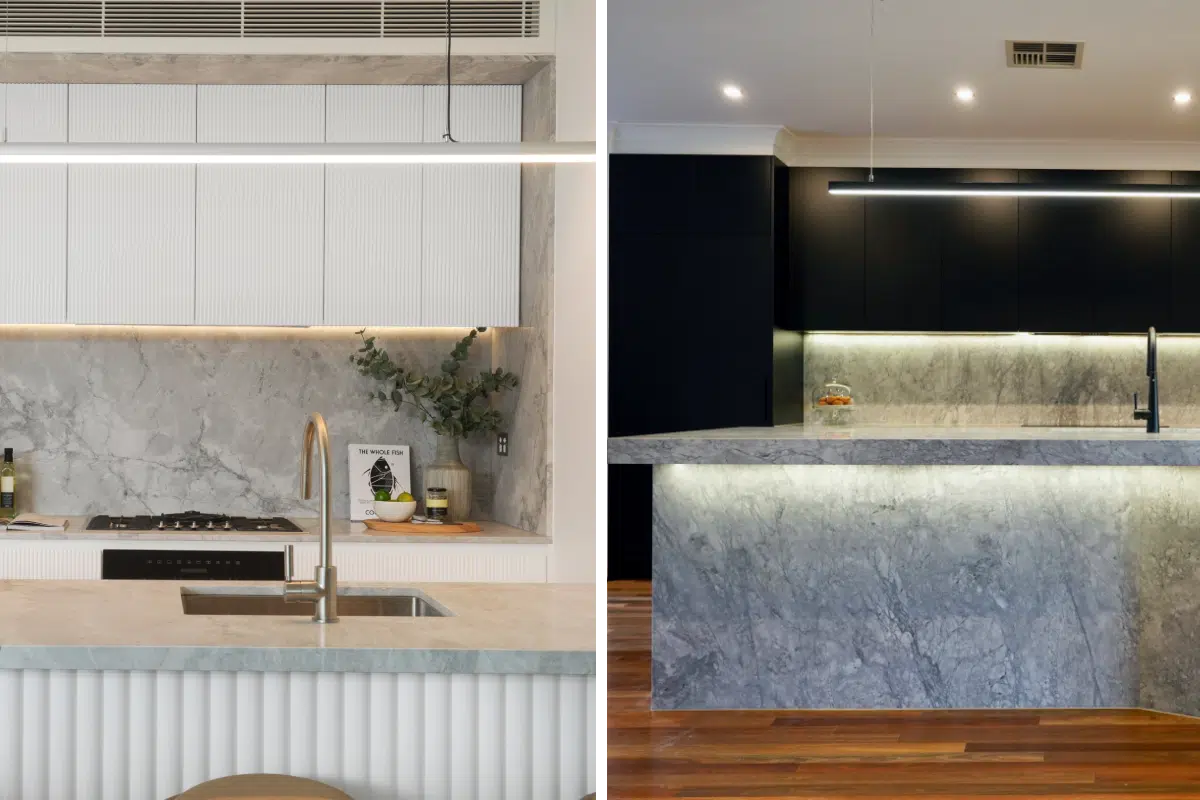
Different Finishes Of Super White Dolomite?
Avant Stone offers Super White in two refined finishes: Honed and Polished slabs. These finishes can be selected to match your interior design or personal preference. Our seasoned team is always ready to guide you through the selection process.
Preserving the Beauty of Your Super White Slabs
To maintain the splendor of your stone, irrespective of its type and density, it’s important to handle it with care. Although some stones might tolerate rough use, it’s crucial to know their limits. We at Avant Stone recommend sealing your Super White Dolomite. For preserving its elegance, clean spills promptly and avoid cutting directly on it. Contact us for any further advice or queries
“Indulge in the timeless beauty of Super White Dolomite, where nature’s artistry
is revealed in every intricate vein and exquisite pattern.”
Calacatta Marble vs. Carrara Marble: Which one to choose?
While both Calacatta and Carrara marbles hail from Carrara, Italy, they each possess unique characteristics that set them apart. Here’s a comparison to help you make an informed decision:
Calacatta Marble is known for its pure white background and bold, dramatic veining. Carrara Marble, on the other hand, has a greyish background with softer, less contrasting veining.
Calacatta Marble is rarer than Carrara Marble, making it more expensive. Its unique veining and colour variations contribute to its high demand and limited availability.
Both marbles can be used in various applications, including countertops, flooring, and wall cladding. However, due to its high cost, Calacatta Marble is often used as a focal point or in smaller, high-impact areas.
Frequently Asked Questions
Super White Dolomite is incredibly versatile. It can be used for kitchen and bathroom benchtops, splashbacks, vanities, wall cladding, flooring, and fireplace surrounds. Its elegant look and durability make it suitable for a variety of spaces.
To maintain the elegance of your Super White Dolomite, always clean up spills as soon as possible and avoid cutting directly on the surface. It’s best to use warm water and mild soap for cleaning and avoid harsh chemicals. Periodic sealing is recommended to prevent stains and maintain its shine.
Super White Dolomite stands out due to its unique blend of durability and aesthetics. It mirrors the look of marble, but surpasses it in terms of strength and resilience, making it less prone to chipping, scratching, and etching.
At Avant Stone, Super White Dolomite is available in two finishes, namely Honed and Polished slabs. These finishes can be chosen to match your interior design or personal preference.
How to Clean and Maintain Calacatta Marble
Despite its luxurious appeal, Calacatta Marble requires regular maintenance to keep its pristine look. Here are some tips to care for your Calacatta Marble:
Calacatta Marble is a porous material that can be prone to staining. Regular sealing can help protect the marble from spills and stains.
Use a soft, damp cloth to clean your Calacatta Marble. Avoid using abrasive cleaners that can scratch the marble’s surface.
If your Calacatta Marble gets stained, it’s best to address the stain immediately. Using a poultice can help draw out the stain from the marble.
Why Calacatta Marble is the Ultimate Design Statement?
Calacatta Marble, often mistaken for Carrara Marble due to their similar origins, is a distinct type of marble quarried in the majestic mountains of Carrara, Italy. This white marble Calacatta is renowned for its bold veining, ranging from grey to gold, set against a crisp white background. The contrast between the veins and the background gives Calacatta Marble its unique appeal, making it a sought-after material for both modern and traditional interior designs.
Unlike other marble types, each Calacatta Marble slab is unique, with variations in veining and background colour. This uniqueness adds to the charm of Calacatta Marble, making each installation a one-of-a-kind masterpiece. Whether it’s a Calacatta Marble kitchen countertop or a Calacatta stone benchtop, this exquisite material adds a touch of luxury to any space.
Frequently Asked Questions
Yes, Calacatta marble is considered one of the most expensive types of marble due to its rarity and unique beauty. The price can vary depending on the specific slab and its veining pattern, but it is generally more costly than other marble types. Prices for Calacatta marble can range from $800/m2 to $2,500/m2.
While both Calacatta and Carrara marble are quarried in Italy, they have distinct differences. Calacatta marble is rarer and has a whiter background with bold veining, often in gold or gray. Carrara marble, on the other hand, has a grayish background with softer, less dramatic veining.
Calacatta marble is generally more expensive than Carrara marble. This is due to its rarity and the striking contrast between its white background and its bold veining. However, the price can vary depending on the specific slab and its unique characteristics.
Yes, this marble is more porous compared to other stones and more vulnerable to damage. Staining, acid etching from acidic cleaners or foods, and scratches will if not taken care of and cleaned correctly.
Calacatta marble, like other natural stone materials, requires regular maintenance to keep its beautiful appearance. This includes regular sealing to prevent stains and damage, as well as gentle cleaning with non-acidic products to avoid etching the surface.
Yes, Calacatta marble can be an excellent choice for kitchen countertops due to its luxurious and elegant appearance. However, it’s important to note that marble is a porous material and can be prone to staining and etching, so regular sealing and careful.


